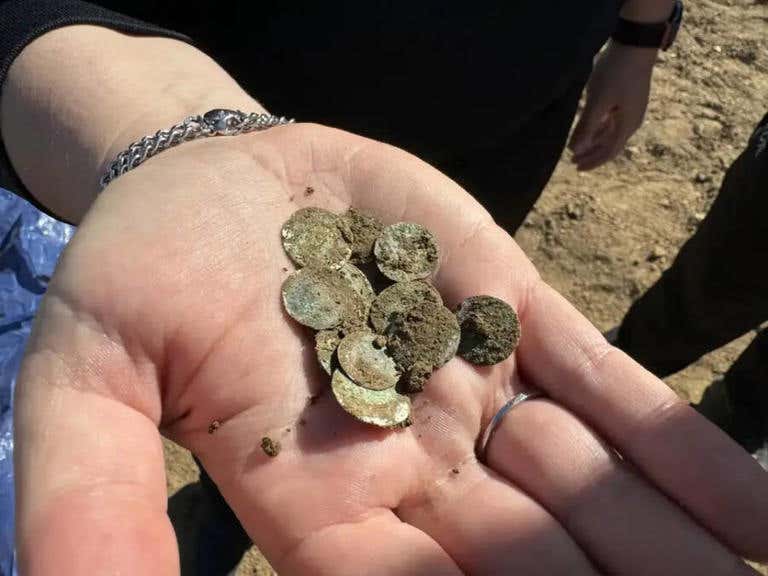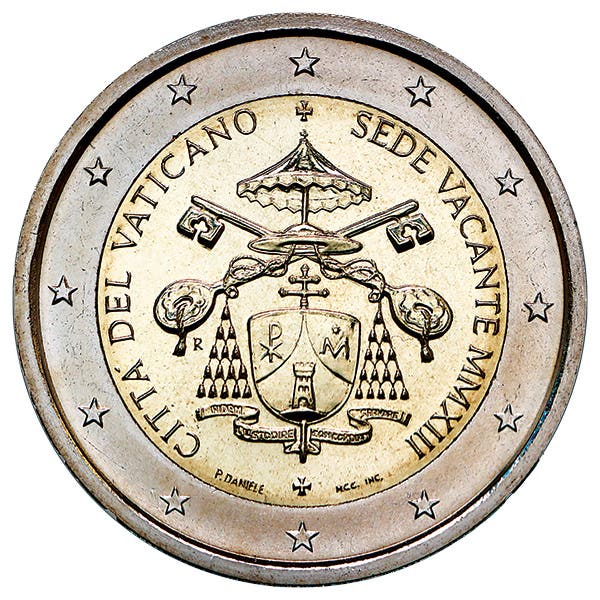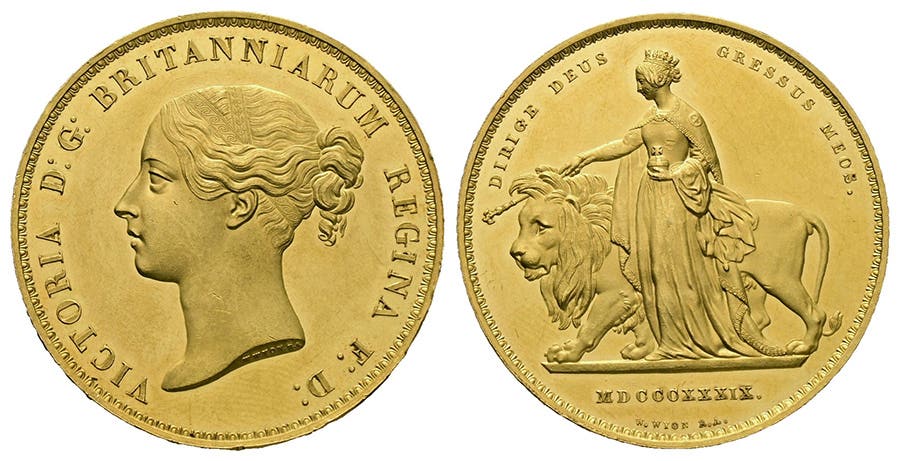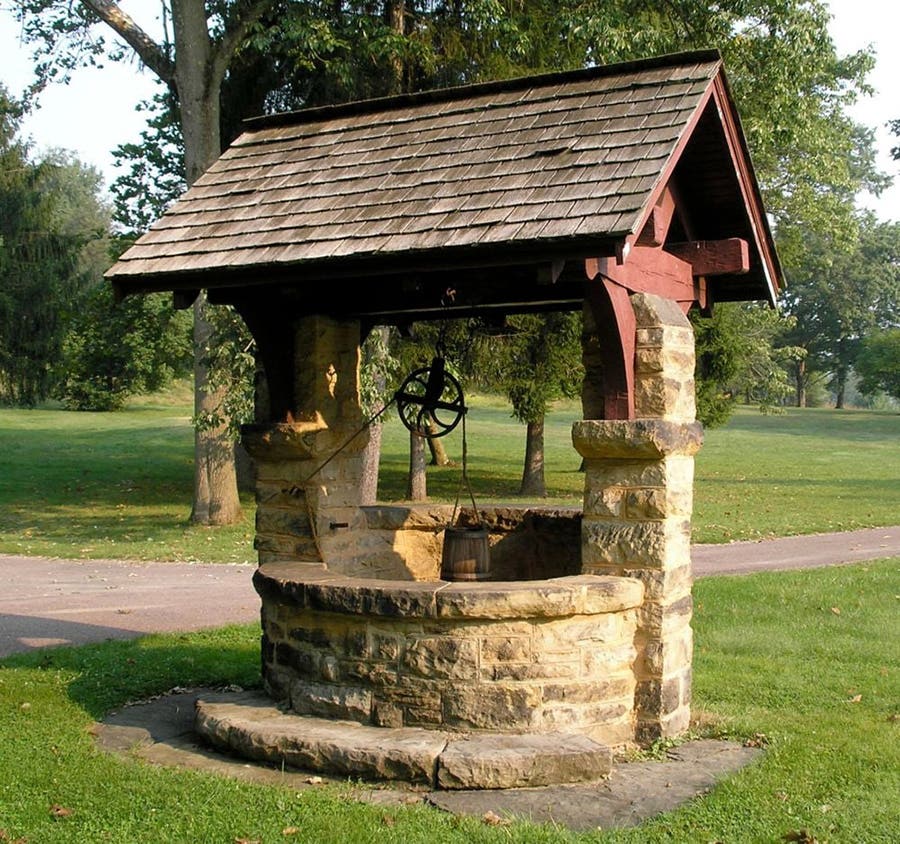Britain Revises Antiquities Law
The British Museum’s Portable Antiquities Scheme recorded 81,602 items defined as treasure during 2019. This is an increase of almost 90 percent in archaeological treasure finds discovered by metal detector…
The British Museum’s Portable Antiquities Scheme recorded 81,602 items defined as treasure during 2019. This is an increase of almost 90 percent in archaeological treasure finds discovered by metal detector enthusiasts only one year earlier. The BM also released a report indicating 399 of the 1,266 treasure finds reported in 2017 had been acquired by museums by purchase, while 112 finds were acquired by donation.
Among the museums benefiting from finds within the jurisdiction of the PAS is the Dover Museum, which added a Roman coin hoard to its collection after the finder, Fred Cooper, waived a £600 reward to which he was entitled.
On March 17, 2020, the national museum published the latest Treasure and Portable Antiquities Scheme report. The report indicated there had been a record 1,311 finds identified as treasure – those being classified as gold and silver objects more than 300 years old, groups of coins, and prehistoric metalwork – across the England, Wales and Northern Ireland in 2019.
BM Director Hartwig Fischer said, “These discoveries by the public are vital for advancing our understanding of Britain’s diverse history, and it is incredibly encouraging that so many finds have been voluntarily recorded through the British Museum’s PAS.”
PAS has more than 1.4 million objects recorded in its database. The database is available to the public at no charge. PAS is managed jointly by the British Museum in England and Amgueddfa Cymru – National Museum Wales.
Member of Parliament and Minister of State for Digital and Culture Caroline Dinenage said, “I am very pleased that a record number of treasure finds have been unearthed and it is brilliant that they will now go on display in local museums across the country. Each one of these valuable discoveries tells us more about the way our ancestors lived, and I want to congratulate all those who played a part in helping uncover more about our shared history.”
Dinenage explained, ‘The search for buried treasures by budding detectorists has become more popular than ever before and many ancient artifacts now see the light of day in museums’ collections. However, it is important that we pursue plans to protect more of our precious history and make it easier for everyone to follow the treasure process. Once artifacts have officially been identified as treasure, they become Crown property and can be acquired by museums.”
Despite the success of the Portable Antiquities Scheme there have been holes in the system that need to be plugged. Under the 1996 Treasure Act, to be classed as treasure within existing rules objects must be more than 300 years old, be comprised of gold or silver, or found in context with artifacts made of either of these two precious metals.
As an example, under existing law, a bronze brooch depicting a horse dating between the second and fourth centuries AD that has since been donated to Lincoln’s Collection Museum and a copper alloy Roman figurine found near Chelmsford in 2014 are therefore not defined as treasure. A hoard of bronze composition Roman British coins would likewise not be defined as treasure.
It is for this reason Dinenage recently announced a new definition of treasure is being planned for inclusion in the existing PAS.
In a December 4, 2020 statement Dinenage, along with the Department for Digital, Culture, Media, and Sport, said, “More of the most important archaeological finds will be protected for the public under plans to develop a new definition of treasure…The move is one of the biggest changes to the Treasure Act since it came into effect nearly 25 years ago.”
Dinenage continued, “However this [current] historic view of treasure, which stretches back to the medieval period, does not capture the full extent of important finds reported to the scheme in the twenty-first century. The growing popularity of metal detecting since the inception of the act in 1996 has brought to light an increasing number of finds from Roman Britain that do not meet the current treasure criteria because they are often made from bronze and not precious metals. Some items of national importance have been lost to the public or at risk of sale into private collections.”
While at the time this article was being written, the proposal had not yet become law the proposal was being well received. Treasure Valuation Committee Chairman Roger Bland said, “The public response to the Review was very substantial,” adding “This document marks an important step forward in transforming the treasure process so that it continues to meet the aims of the Act.”








